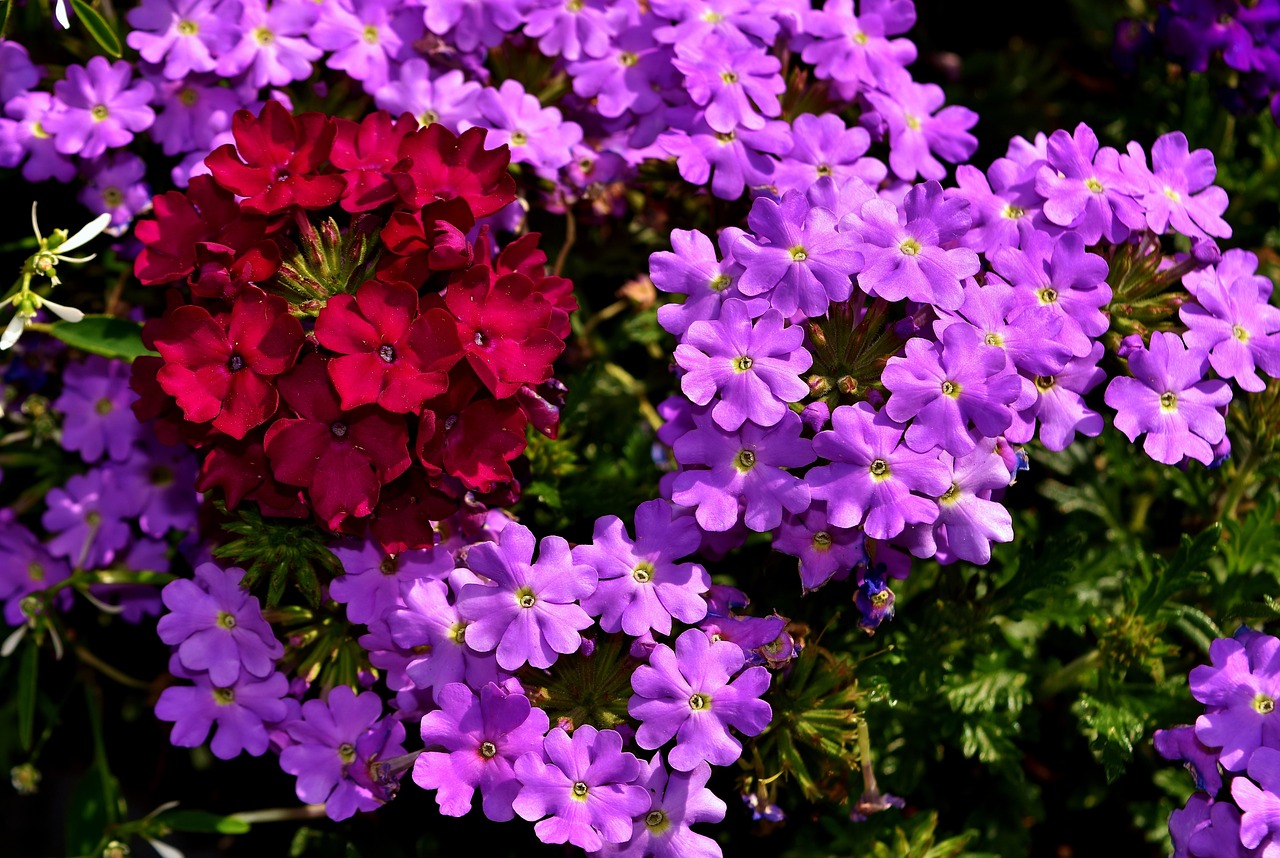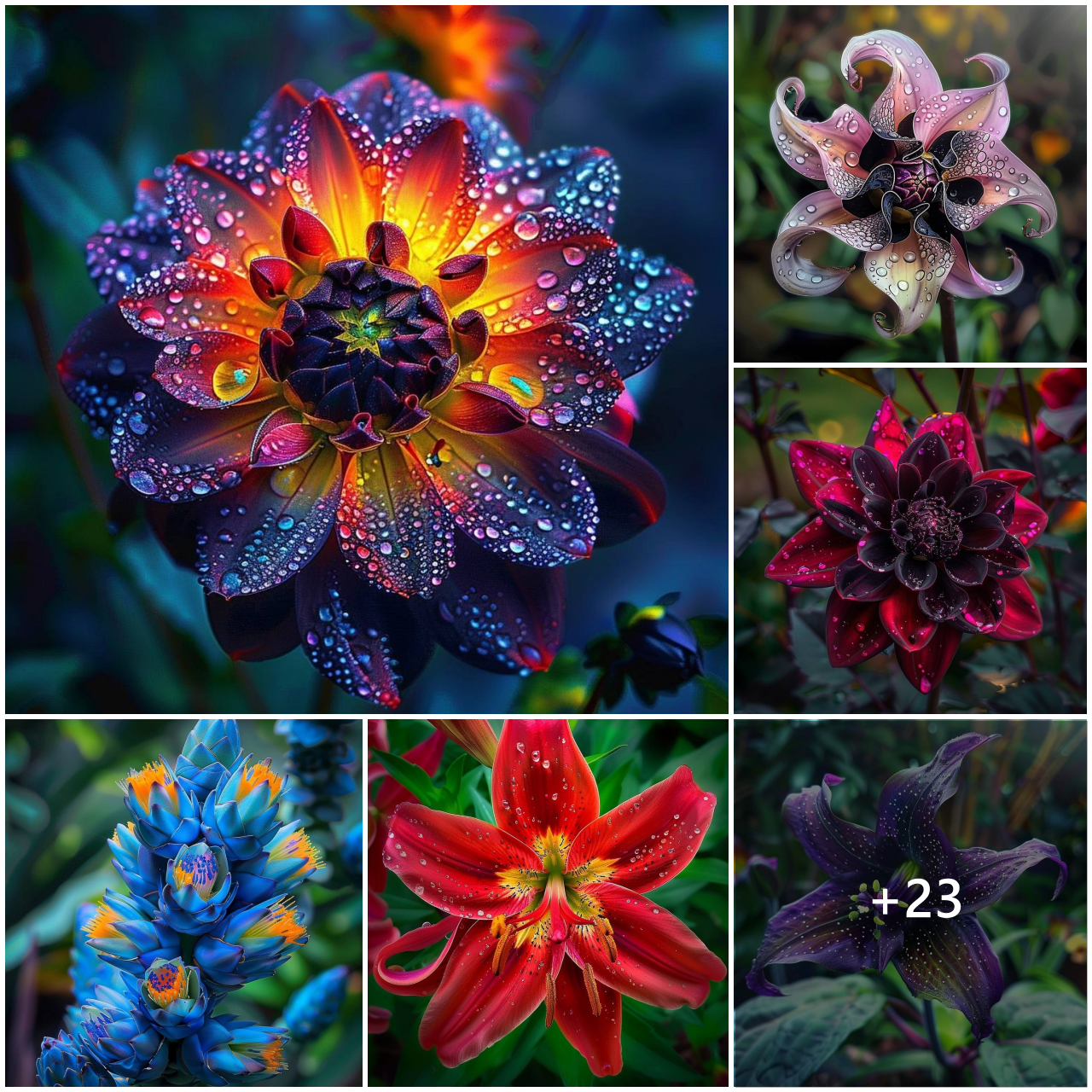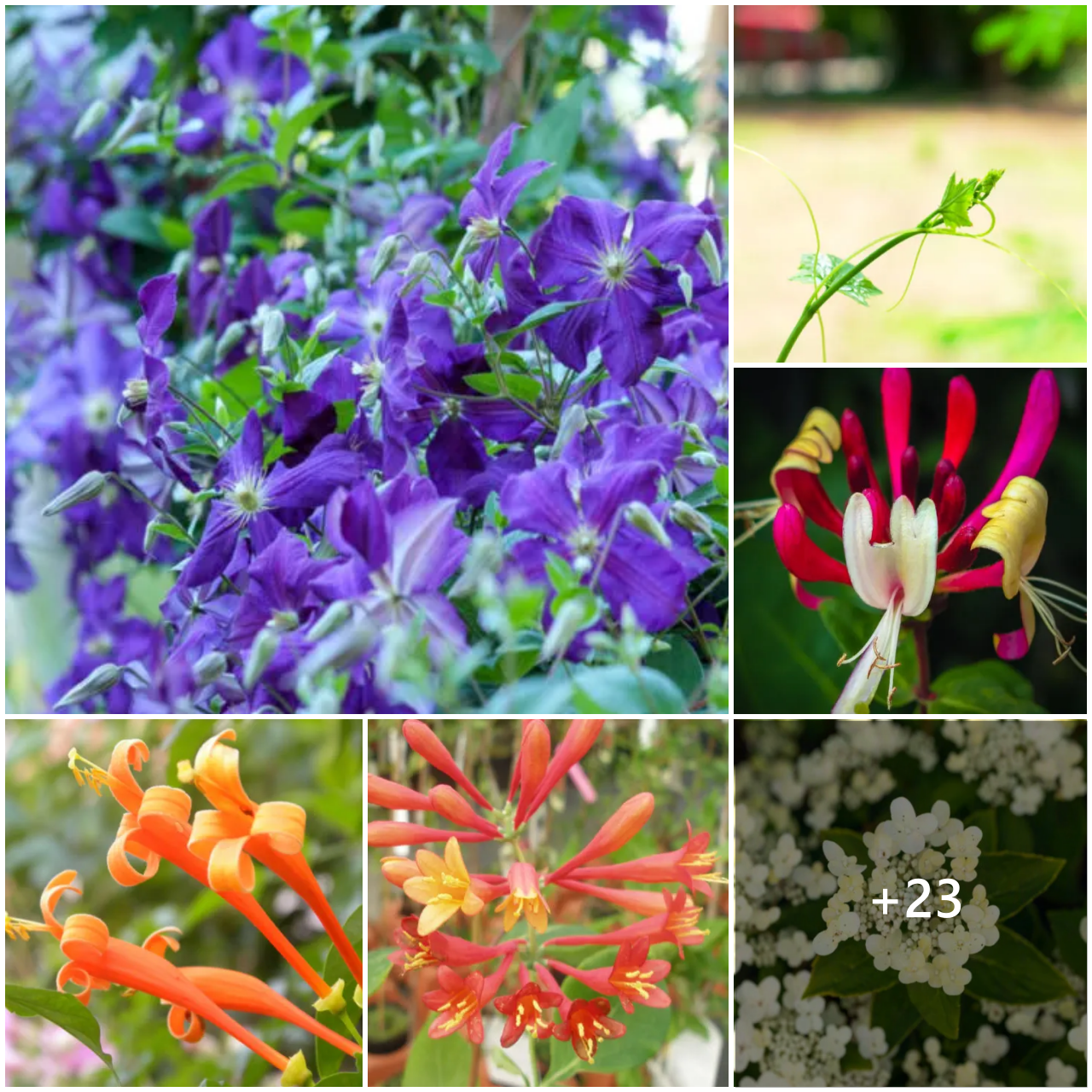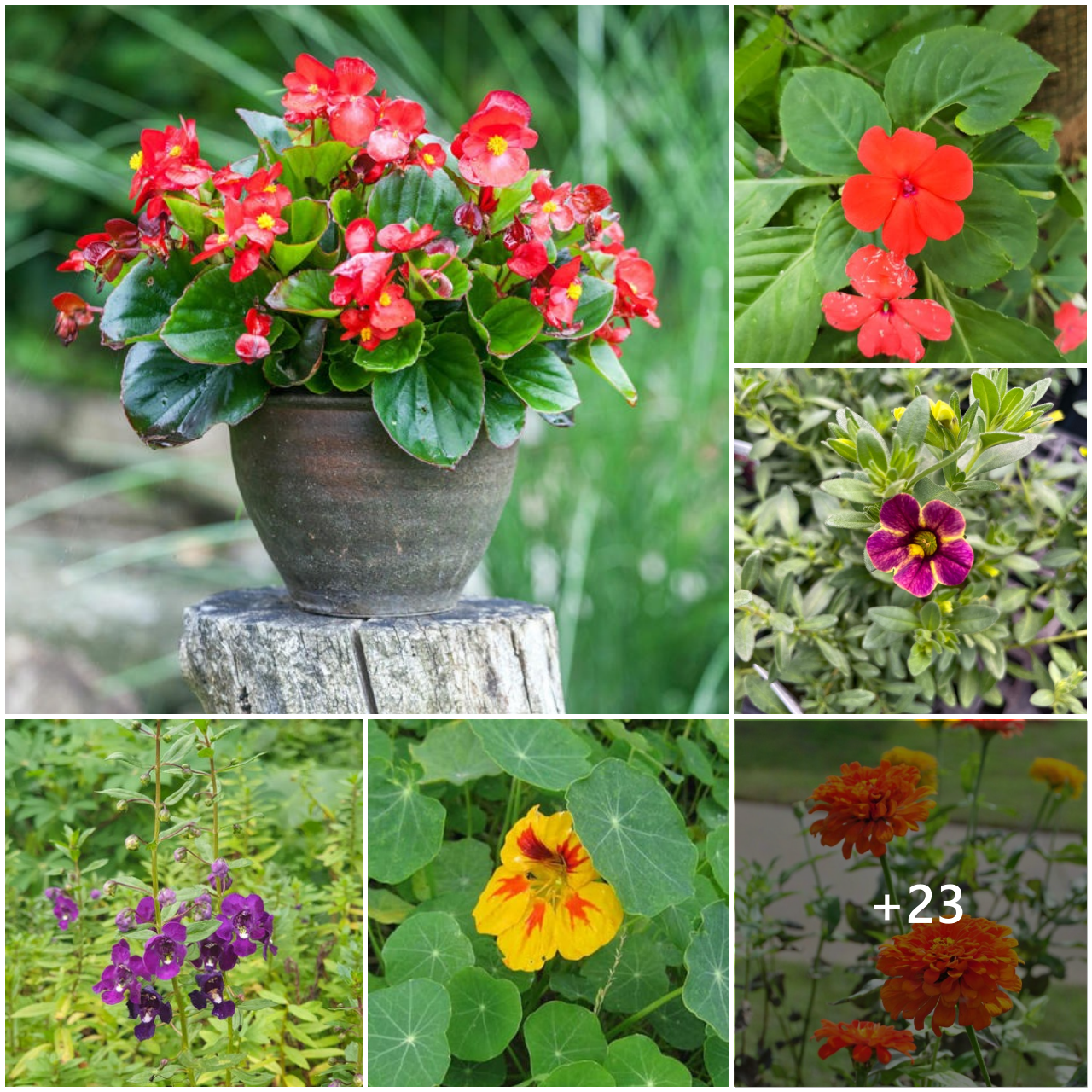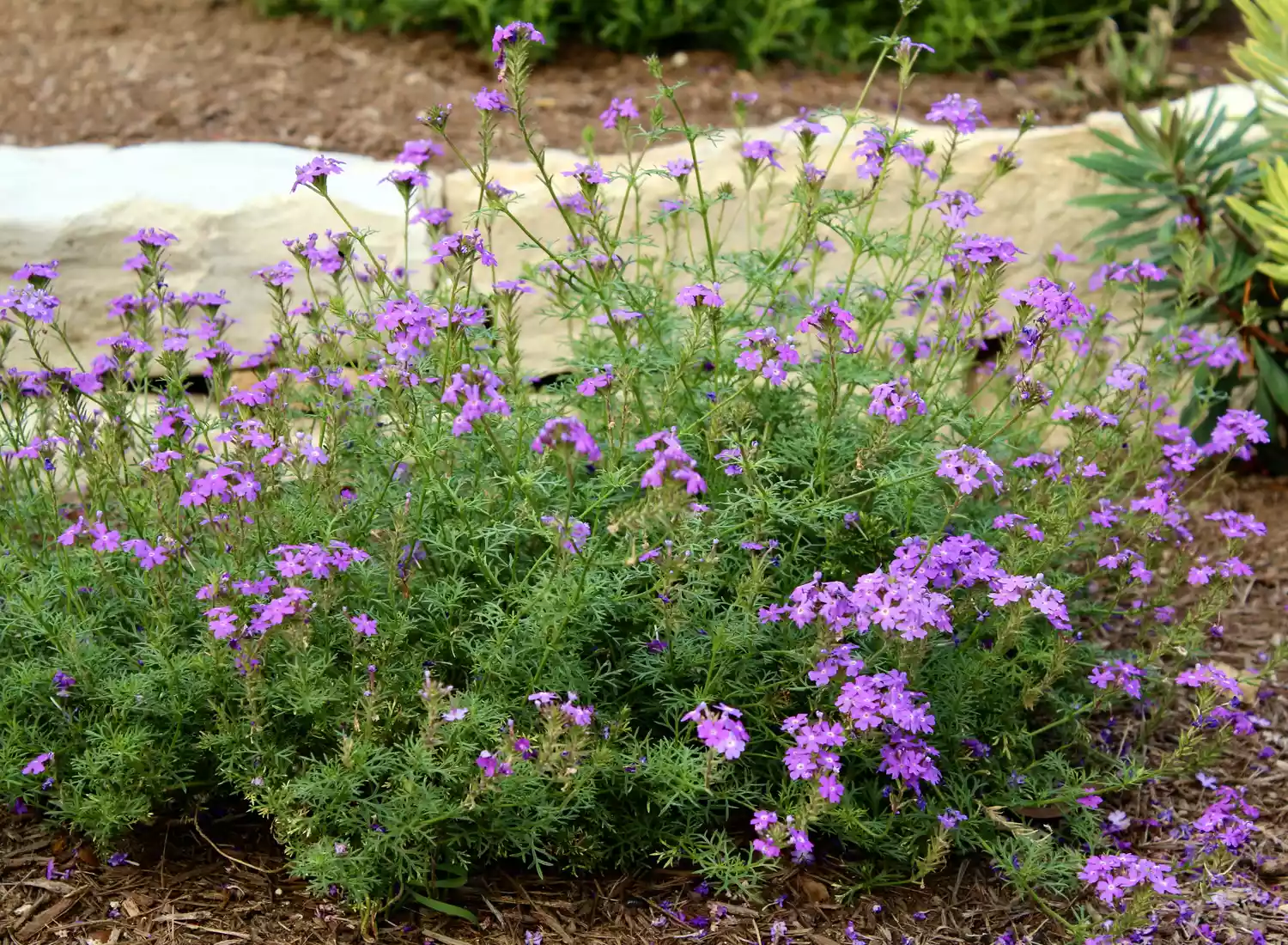
Whether you choose a short or a tall variety, annual or perennial, vibrant verbena makes a stunning statement anywhere in the garden. From a carpet of lush foliage punctuated by velvety blooms to tall, wispy pops of color, this plant will shine spring through fall.
A diverse genus of flowering herbaceous perennials and annuals, verbena can be categorized into several different types, including trailing, upright, moss, and annual.
Verbenas that trail and reach only 1 ft. tall to 3 ft. wide are typically annual cultivars. Known for their vibrant colors, nursery displays are saturated with these verbena starting in early spring through fall. These low, spreading groundcovers shine in rock gardens, on slopes, in borders, and in hanging baskets. Their dense mat of dark green foliage is punctuated by brilliant clusters of small, five-petaled flowers.
Upright varieties like Verbena bonariensis, or tall verbena, bring dramatic height to beds. They grow as tall as 3 to 6 ft. tall and 1 to 3 ft. wide. This light and airy giant provides a soft, flowing backdrop for a layered bed.
The feathery foliage of moss verbenas adds a wispy element to a garden, especially when they are paired with more structural garden plants.
Verbenas are excellent additions to pollinator gardens, their nectar attracting bees, butterflies, moths and hummingbirds. They are specifically known to attract the hummingbird hawk moth and pipevine swallowtail.
Plant Attributes
| Common Name | Verbena, vervain |
| Botanical Name | Verbena (vervain) |
| Family | Verbenaceae |
| Plant Type | Herbaceous annuals and perennials |
| Mature Size | Varies by variety, 1 to 6 ft. tall, 1 to 3 ft. wide |
| Sun Exposure | Full sun |
| Soil Type | Well-drained |
| Soil | Tolerates a variety of soils |
| Bloom Time | Spring until frost |
| Flower Color | Purple, pink, blue, red, white |
| Hardiness Zones | USDA 7-11 |
| Native Area | Varies by species |
Care
Moderate to fast growing, versatile verbena come into their own quickly in the garden, and bloom profusely even in their first year, unlike some other perennials. Plant in full sun using well-drained soil with several inches of mulch to retain moisture. Water regularly until established. Verbena can tolerate heat and drought but will bloom best with some supplemental watering in the hottest part of summer.
Light
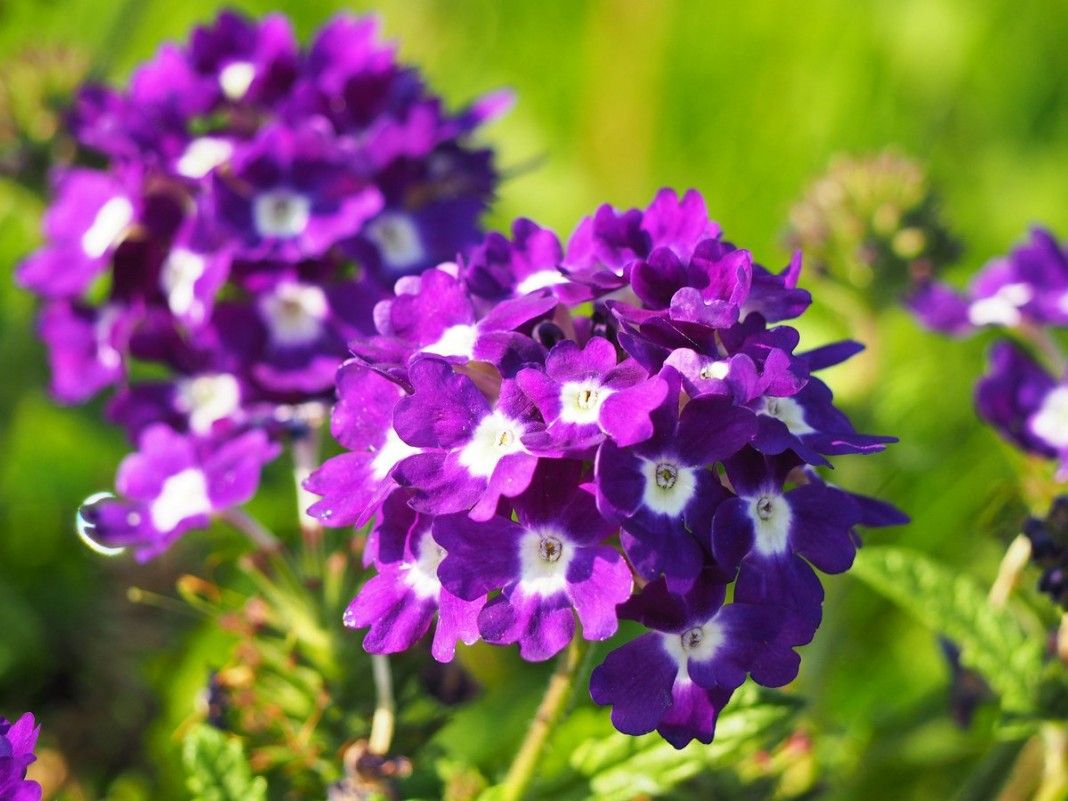
All species of verbena thrive, grow, and bloom best in six to eight hours of full sun.
Soil
Verbena adapts to most soils, if planted in a well-draining location. Clay soil may need to be amended to prevent soggy settings.
Water
Water regularly but allow the soil to dry out between waterings. Too much water may cause root rot or powdery mildew. Once established, verbena can be somewhat drought tolerant.
Temperature and Humidity
Perennial verbenas flourish in the heat and humidity of summer. In fact, many of the hybrid varieties have been specifically bred for heat-, drought-, and disease-tolerance.
Fertilize
Adding compost to your garden soil will help provide long-term nutrients to plants. For overall plant growth, apply an all-purpose garden fertilizer. To boost blooms, apply a fertilizer with a higher amount of phosphorus according to package directions.
Types of Verbena
- V. bonariensis – Also known as tall verbena, this upright plant can reach 6 feet high, topped with delicate purple flower clusters.
- V. canadensis – Trailing verbena spreads in a low mound, an excellent ground cover, border plant or hanging basket addition.
- V. aristigera – Dainty clumps of blooms cover fine foliage on this verbena variety, an excellent choice for borders, rock gardens and under sculptural plants.
- V. x hybrida –Annuals in most locations, these small plants come is a wide variety of colors and are primarily seasonal bedding and container plants.
Pruning
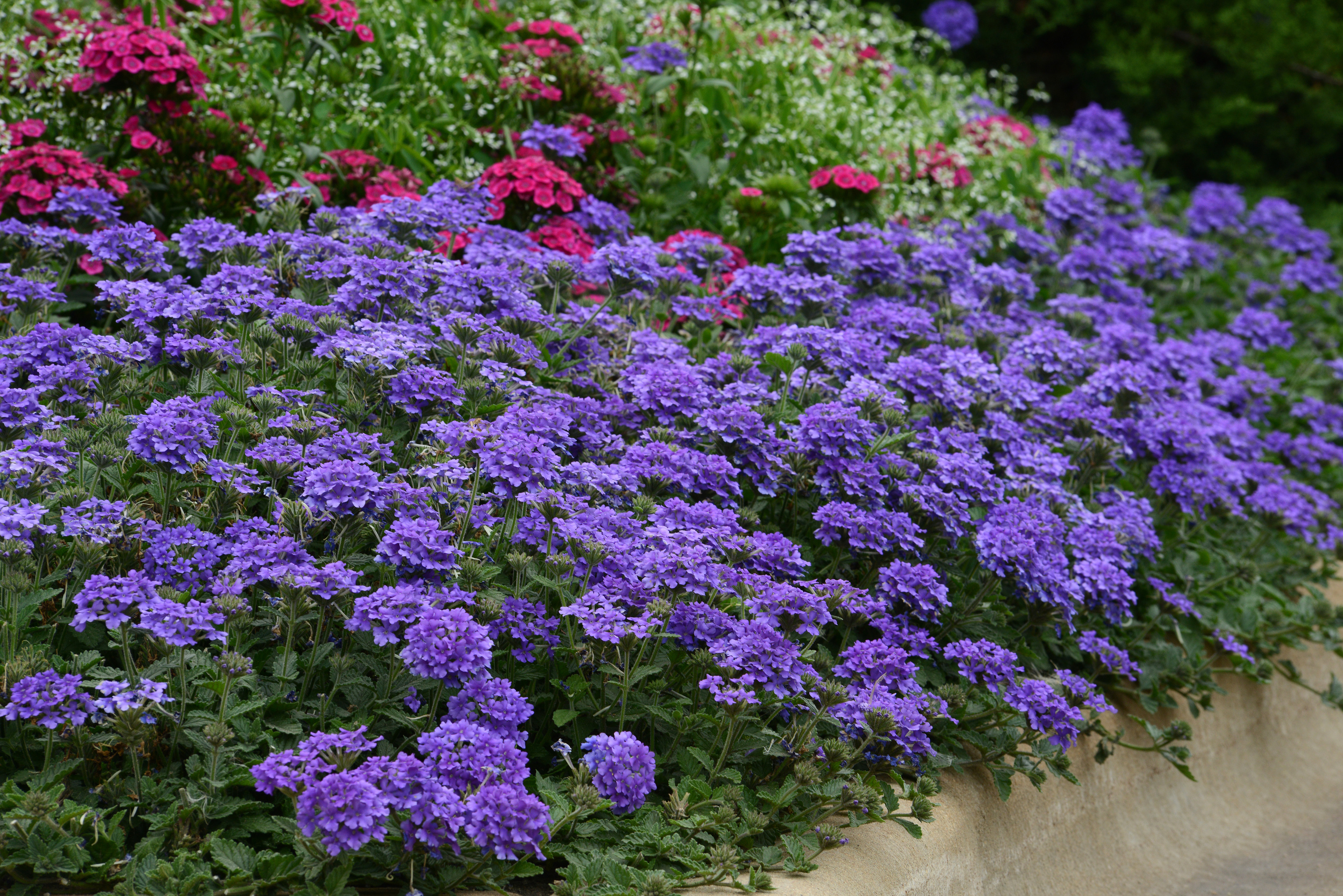
Prune verbena by removing dead or damaged flowers to encourage a new flush of blooms throughout the season or to prevent spreading by seed in some varieties. Cut them back any time to shape as you want in your beds or to promote a bushier plant.
Propagating
Propagate from tip and stem cuttings in spring.
- Dip five to six-inch cuttings into rooting hormone.
- Make a hole in the soil with a pencil and slip cuttings one to three inches into a container filled with a well-drained potting mix. Avoid direct sunlight, but place in a bright location.
- Keep soil moist, but don’t allow it to become water-logged.
- Transplant into the garden or a container in two to four weeks when leaves begin to develop.
How to Grow Verbena From Seed
Some varieties of verbena can be grown by seed by sowing indoors and transplanting into the garden after danger of frost has passed.
- Sow seeds into a seed-starter mix, pressing into the top, but don’t cover them with soil.
- Keep the seeds moist with a mister and cover them with plastic or use a seed-starting tray with a clear lid.
- To germinate, seeds should be placed in a warm and bright location for two to four weeks.
- Transplant into the garden or a container in two to four weeks when leaves begin to develop and after danger of frost.
Some hybrids are non-seeding. Most plants are readily available in different sizes at nurseries.
Overwintering
No need to overwinter verbenas. Perennial plants will go dormant and die back until spring. Self-seeders will germinate and return after winter. Annuals will need to be replaced after the danger of frost has passed.
Common Pests and Diseases
Overwatering or poorly drained soil can lead to root rot, powdery mildew, or gray mold. Verbenas don’t like wet feet and will develop these or other fungal issues if conditions are too moist or they are planted in areas with poor air circulation.
Like any plant, verbenas can be subject to pests, though they don’t typically have specific known issues. Keep an eye out for damaging insects like aphids, spider mites, and whiteflies, and treat with insecticidal soap or neem oil.
